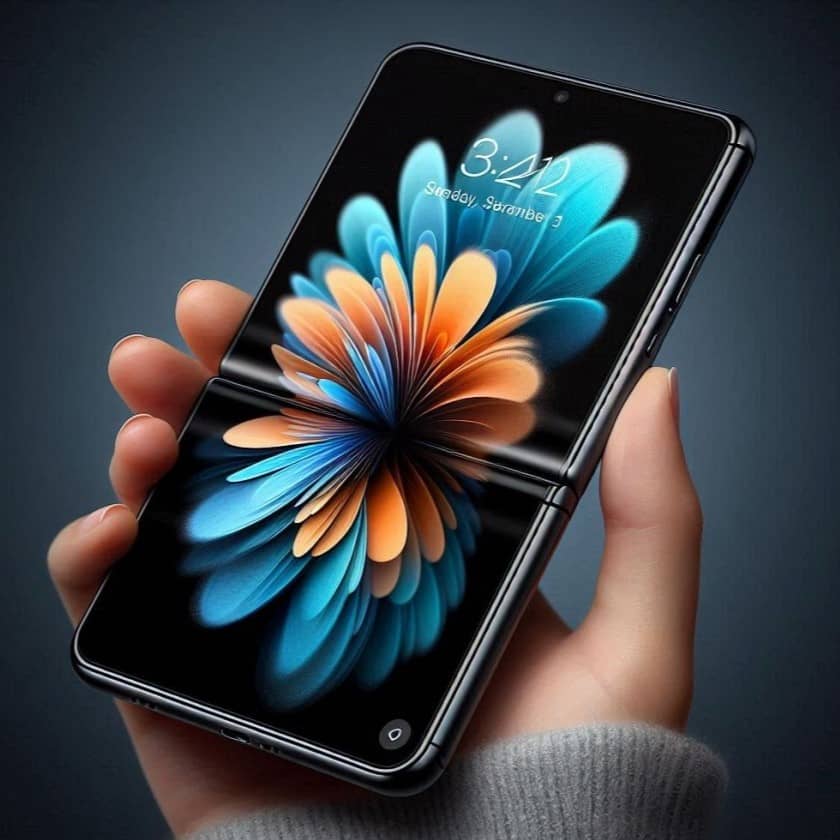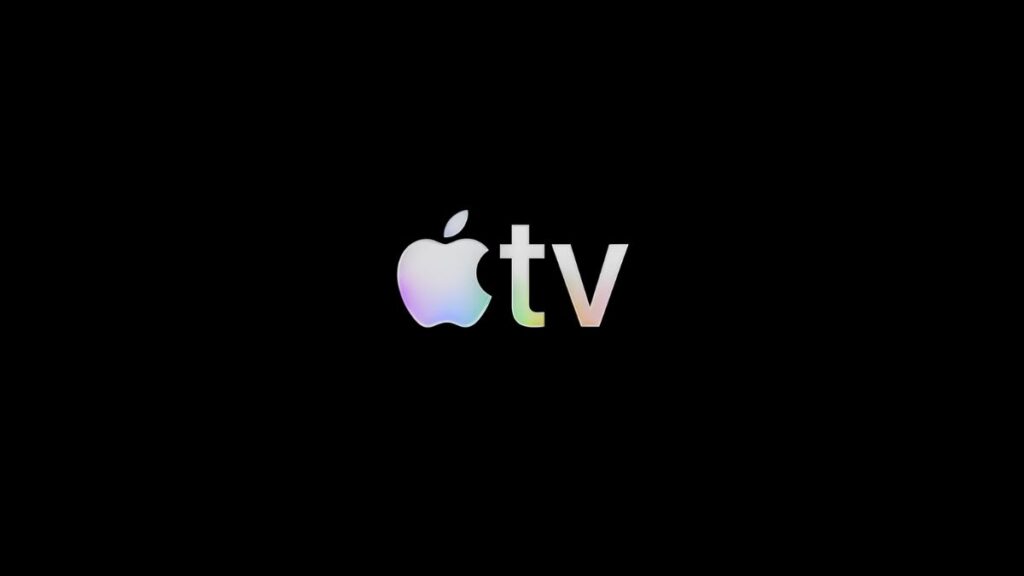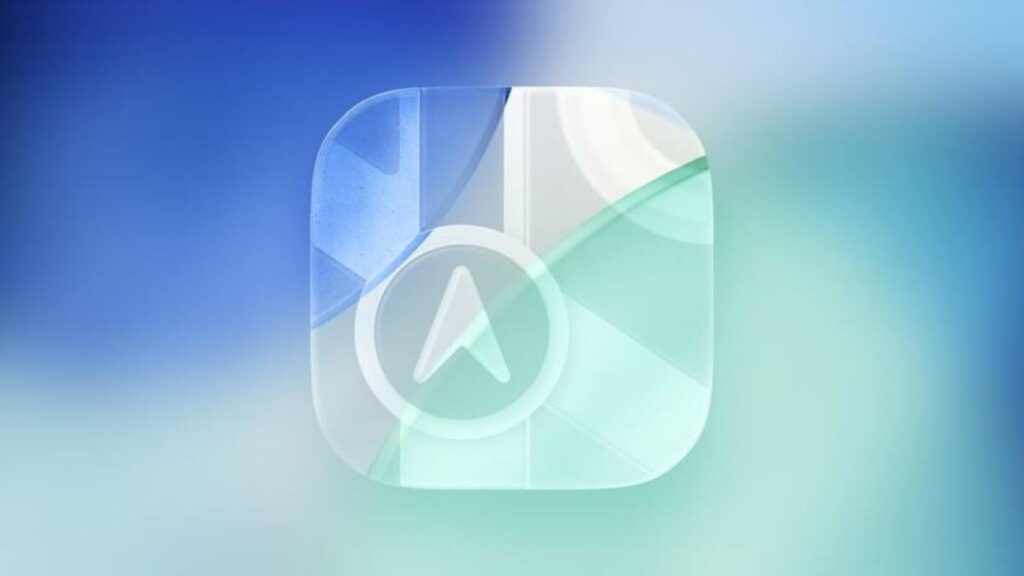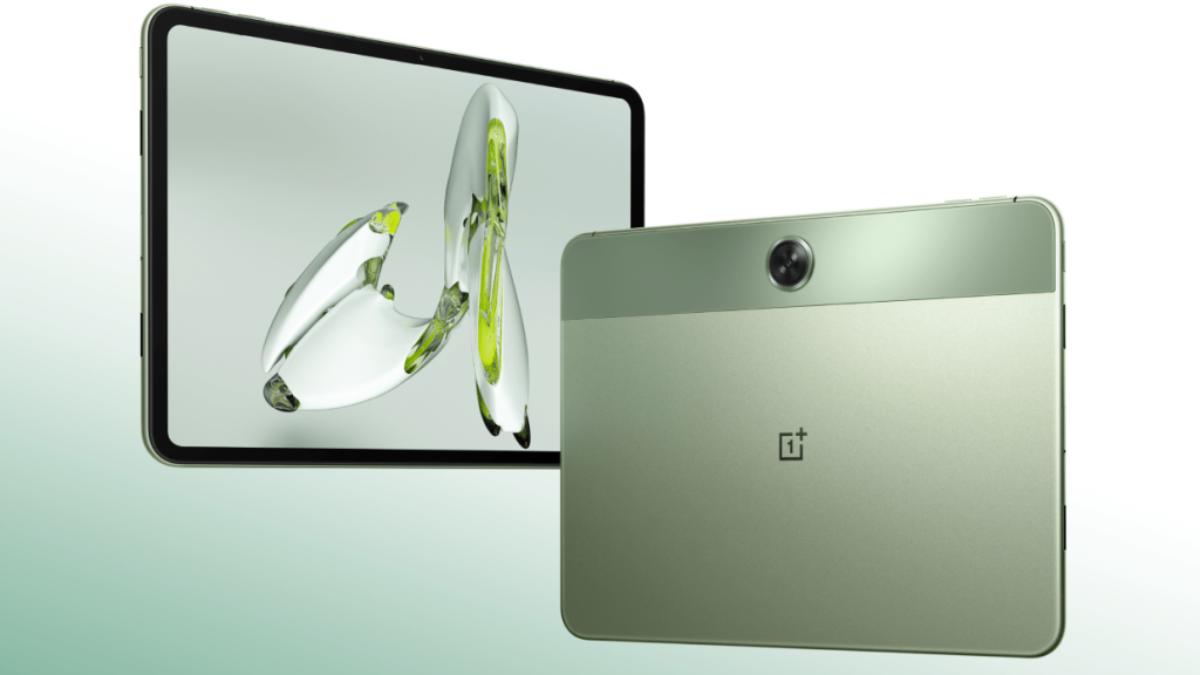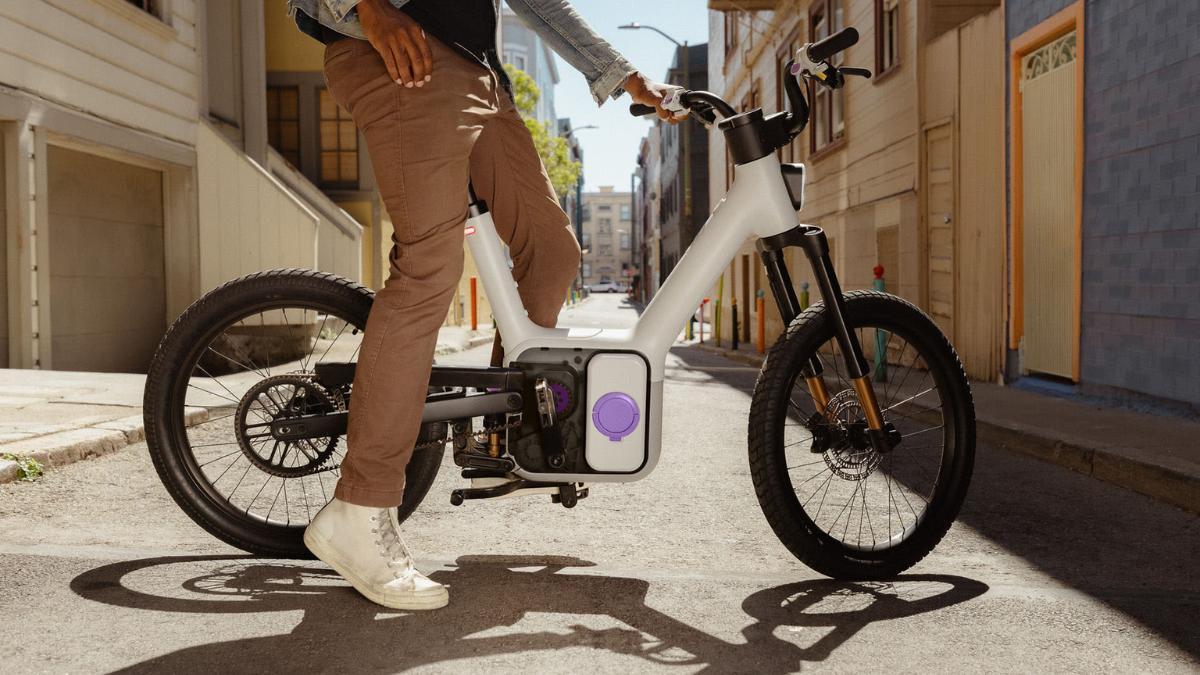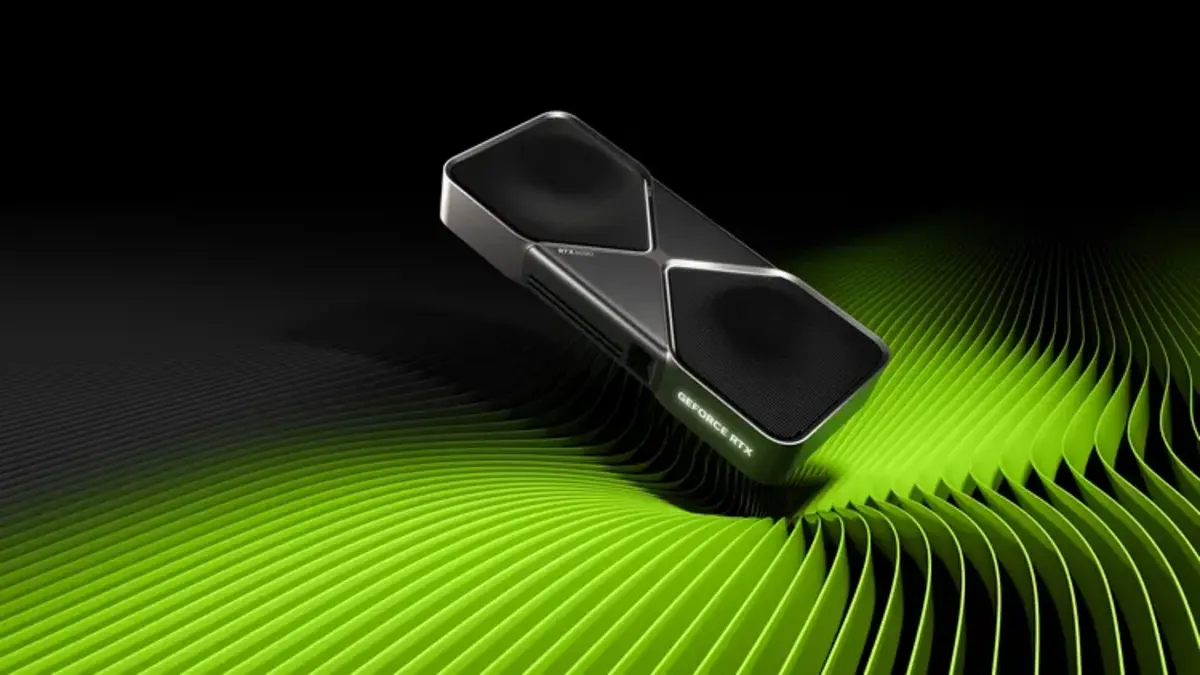As the smartphone market evolves, Apple is reportedly venturing into the foldable device arena with a potential new product: the foldable iPhone, likely to be named the iPhone Flip.
This innovative device aims to combine Apple’s signature design aesthetics with cutting-edge technology, promising a unique user experience.
Here’s what we know so far about its release date, features, pricing, and the challenges Apple faces in bringing this concept to life.
Release Date Expectations
Apple is reportedly working on a foldable iPhone, potentially named the iPhone Flip, with a release date possibly as early as 2026. However, some analysts suggest that it may be delayed until 2027 due to ongoing development challenges and strict quality requirements related to the device’s folding mechanism and display durability.
Design Features
The anticipated design is expected to feature a clamshell format, similar to existing foldable devices like the Samsung Galaxy Z Flip. Apple is also exploring two different sizes for this model, which may fold widthwise. The project is internally referred to as “V68,” indicating that it has progressed beyond the conceptual stage.
Pricing Expectations
While exact pricing details remain speculative, estimates suggest that the foldable iPhone could be priced around $2,500. This aligns with the higher price points of current foldable smartphones, which typically range from $1,000 to $2,000.
Development Challenges
Apple has been researching foldable technology for nearly a decade but faces significant hurdles, particularly in minimizing the crease that appears in the center of the screen after repeated folding. The company is known for its high standards, which could further delay the product’s launch if satisfactory solutions are not found.
Market Context
The foldable smartphone market is growing, with significant competition from brands like Samsung and Motorola. Despite this, foldable devices still represent a small segment of the overall smartphone market, primarily due to their high costs and concerns about durability.
As Apple continues to innovate, the foldable iPhone could represent a major shift in its product lineup, marking the first significant redesign since the original iPhone’s launch in 2007.

